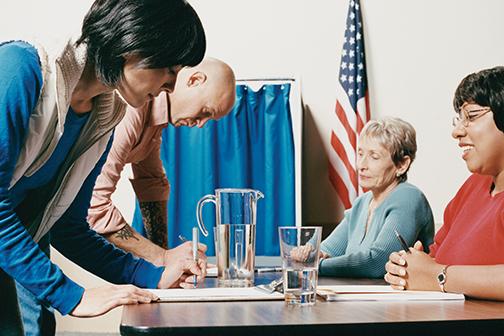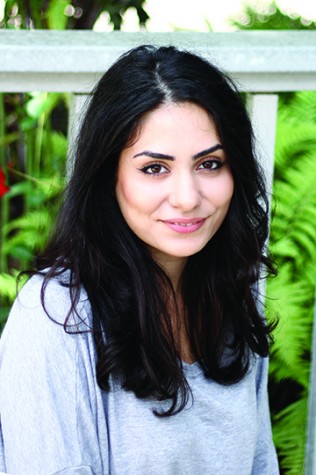On Nov. 19, the City of San Diego will hold a special election to replace former mayor Bob Filner. This special election is different than other elections in several key ways, the most crucial being the time frame. In regular elections, candidates have about nine months to campaign, special elections are much more fast-paced, running at 2 ½ months.
With a little more than a month left until voting day, few people are informed about the campaign and the election process, San Diego State political science professor Brian Adams said. As the scandal involving Filner simmered down, so did the overall coverage of the special election, leaving individuals with little knowledge involving the logistics of the race and its candidates.
“Very few San Diegans are paying attention to the mayor’s race,” Adams said. “There is very little knowledge that there even is a mayor’s race going on, and when it’s going to happen, and who the candidates are.”
With the limited time frame allotted for the electoral process, there is less opportunity for candidates to campaign.
“Special elections are costly, but the real problem isn’t so much the cost of holding them as it is a lack of time for the voter to get to know the candidates,” San Diego City College political science professor Mark Linsky said. “Even when you have three relatively high-profile men like David Alvarez, Nathan Fletcher and Kevin Faulconer in a dash to the finish, the finish in the first round is only a month away.”
In case none of the candidates receive a simple majority vote, the top two candidates will move on to a general elections, Lisnky said.
SDSU political science professor James Ingram said because candidates haven’t embedded much because of the short race, a push into general elections would give San Diegans a better understanding of who the candidates are.
Voters in the 18-24 year age group make up the lowest percentage of registered voters in California, according to a 2012 study by the University of California, Davis regarding youth turnout. Ingram said the constant mobility youth in this age group experience has a direct impact on the percentage actually registered to vote, which is currently hovering around 50 percent. Due to their mobility, many young voters are unaware of the need to re-register when they move to different districts.
Voter turnout is expected to be a direct result of the underwhelming amount of knowledge regarding the race. Adams predicts San Diego will see about 20 percent of voters showing up to the polls on Nov. 19.
“The people who will show up will be the ones who know something [about the campaign] since there’s nothing else on the ballot you’re probably not going to have this problem with roll-off,” Ingram said. “The thing on this one is that everyone who votes will have made the conscious decision to be there just for this vote. So, hopefully it will indicate a greater level of education about the election.”
Those who are already registered to vote must make sure they are registered in San Diego County to participate in the special election. Information for those who are unsure if they are registered, as well as information for new voters, is provided on the county website at www.sdcounty.ca.gov.
The last day to register for the special elections will be Nov. 4. There will be 572 polls open on Nov. 19, and the nearest locations can be determined by calling the Registrar of Voters or by visiting www.sdvote.com.









